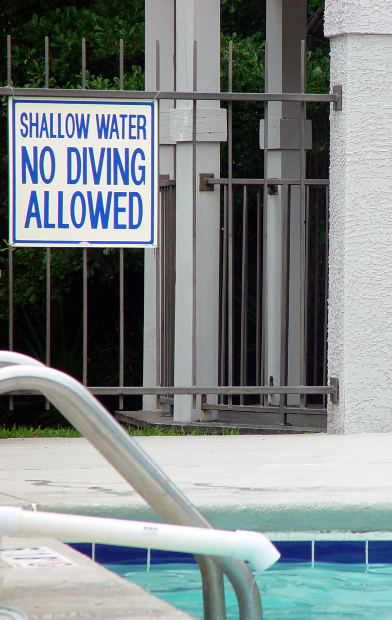Aaron Hernandez, the New England Patriots tight end, is the defendant of a personal injury lawsuit accusing him of shooting a man in the face at a strip club out of state. The altercation purportedly took place in February 2013 while the two men were riding the same vehicle after visiting the club.
The plaintiff, Alexander Bradley, claims that Hernandez aimed the weapon at him and it went off. As a result, Bradley says, he lost on eye, required facial reconstructive surgery, and sustained damage to his right arm and hand. He contends that Hernandez wasn’t licensed to carry the gun. Bradley is seeking over $100,000.
If you or someone you love was injured in a Massachusetts incident that you believe was caused by someone else’s reckless or careless actions, please contact our Boston injury lawyers today.
Meantime, Hernandez could be facing more legal troubles. The body of 27-year-old Odin Lloyd was discovered near his home earlier this week in North Attleboro. Police secured a warrant to search the football player’s home after a rental car registered to him was connected to the murder. According to Boston’s Fox 25 news, an anonymous source says that forensic evidence linked a car driven by Hernandez to the crime scene and that he and Odin were together at a bar on the night that the latter died.
ABC News says that a security system in the NFL player’s home that includes video surveillance has been destroyed, as has a cell phone that has since been given police. Sports Illustrated CNN says that Hernandez will likely be arrested.
Source: Patriots’ Hernandez likely to be arrested, SI.com, June 20, 2013
Patriots Star Sued, TMZ, June 19, 2013
Lawsuit: Patriots’ Aaron Hernandez shot man after fight at a Miami Gardens strip club , Miami Herald, June 21, 2013
More Blog Posts:
Toddler’s Near Drowning Incident Serves as a Stark Reminder for Parents to Keep Kids Safe around Pools this Summer, Boston Injury Lawyer Blog, June 19, 2013
Study Finds Voice-to-Text is Just as Distracting as Manual Texting, Boston Car Accident Lawyer Blog, June 17, 2013
Drug Injury Lawsuits Blame Johnson & Johnson’s Tylenol for Liver Damage, Boston Drug Injury Lawyers Blog, June 13, 2013 Continue reading
 Boston Injury Lawyer Blog
Boston Injury Lawyer Blog


 Though the story did not end tragically, this situation serves as a reminder for parents to make keeping children safe around
Though the story did not end tragically, this situation serves as a reminder for parents to make keeping children safe around  With the arrival of warmer weather, residents around Massachusetts are beginning to open their windows to let the fresh air in. Unfortunately the pleasant feeling of fresh air may turn tragic, especially in households with small children. Nearly 4,000 children are injured and more than a dozen children under the age of 10 die each year in the United States from window falls, according to Boston Children’s Hospital. Window falls are most often caused when children push themselves against the screen of an open window, resulting in the screen to give way, and the child to suddenly fall. Fortunately, there are ways for parents and caregivers to protect their children from falling out of windows.
With the arrival of warmer weather, residents around Massachusetts are beginning to open their windows to let the fresh air in. Unfortunately the pleasant feeling of fresh air may turn tragic, especially in households with small children. Nearly 4,000 children are injured and more than a dozen children under the age of 10 die each year in the United States from window falls, according to Boston Children’s Hospital. Window falls are most often caused when children push themselves against the screen of an open window, resulting in the screen to give way, and the child to suddenly fall. Fortunately, there are ways for parents and caregivers to protect their children from falling out of windows. Most hit-and-run accidents occur in metropolitan areas where there is a high volume of car and pedestrian traffic. In fact, in 2010, the NHTSA reported that 73% of all pedestrian accidents occurred in urban settings, and typically at non-intersections (79%). Weather conditions, as reported by the NHTSA do not seem to have an impact on the amount of pedestrian fatalities however the majority of these types of accidents usually take place during nighttime hours. About 1 in 5 pedestrians killed in 2010, were the victim of a hit-and-run motor-vehicle accident, the NHTSA reported.
Most hit-and-run accidents occur in metropolitan areas where there is a high volume of car and pedestrian traffic. In fact, in 2010, the NHTSA reported that 73% of all pedestrian accidents occurred in urban settings, and typically at non-intersections (79%). Weather conditions, as reported by the NHTSA do not seem to have an impact on the amount of pedestrian fatalities however the majority of these types of accidents usually take place during nighttime hours. About 1 in 5 pedestrians killed in 2010, were the victim of a hit-and-run motor-vehicle accident, the NHTSA reported.








